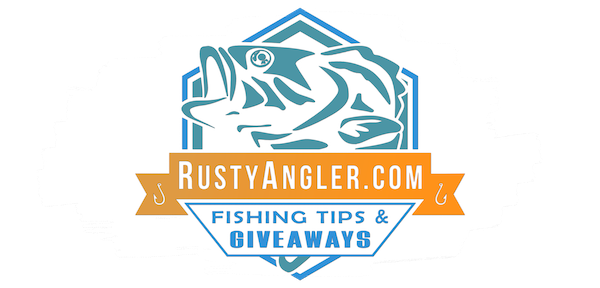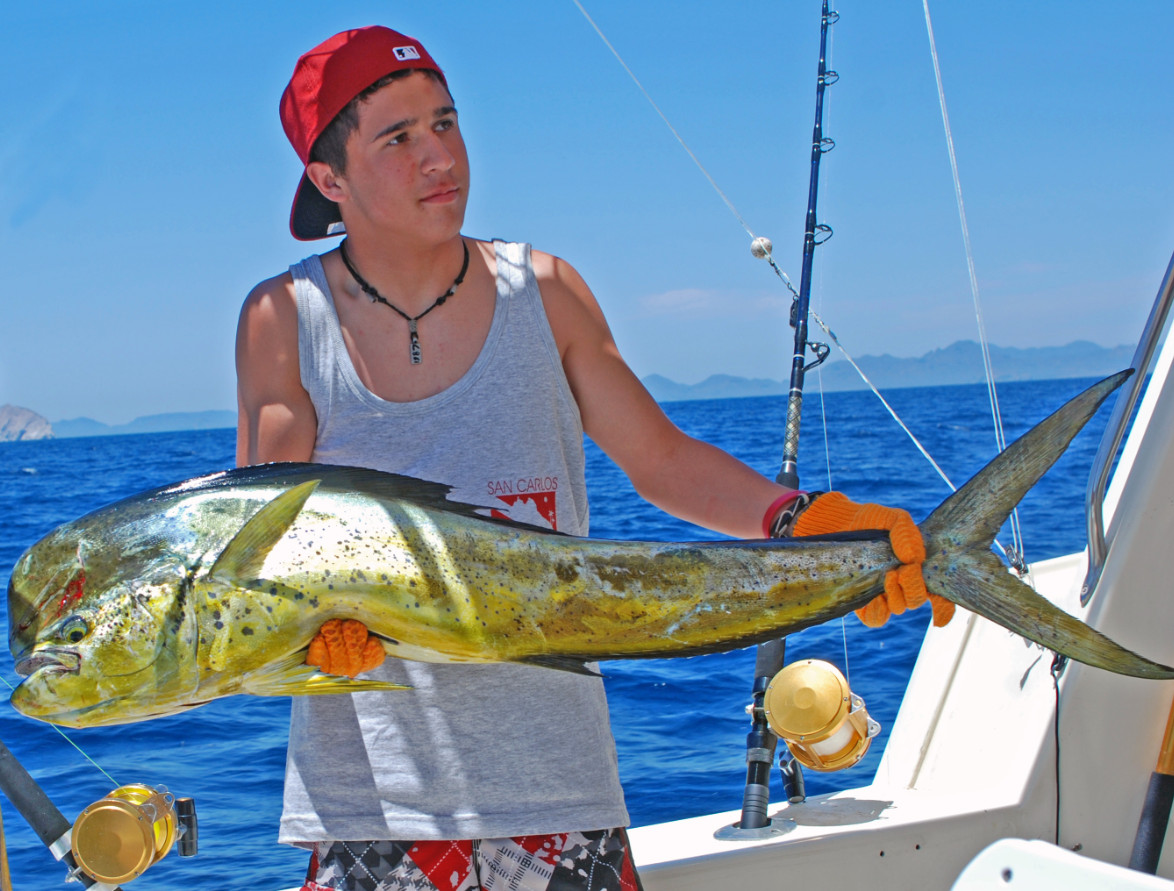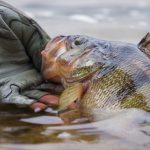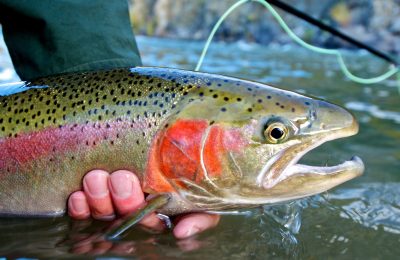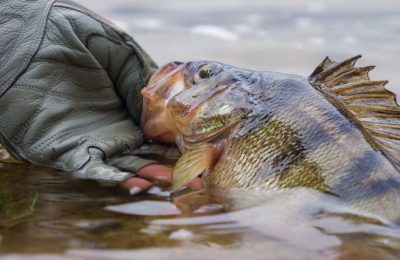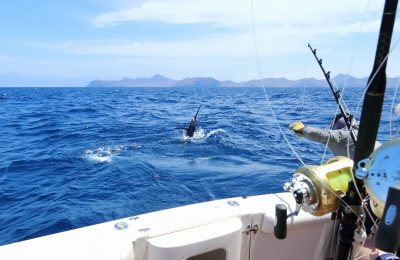There are few activities more rewarding for adult anglers than teaching children to love fishing as well. Watching a child get excited about fishing can bring back the initial excitement and thrill of those first few catches.
At the same time, mistakes can cost the best anglers a chance to do so and lead to a frustrating trip for the child. That can lead to a lifelong aversion to angling instead of a lifetime of happy days behind the line.
Knowing how to make the outing enjoyable is only part of the job. Kids need specific gear to ensure success as well as learning safety and conservation. Still, one of the more important aspects of ensuring a good start is choosing which species of fish to target.
Sunfish
One of the best fish for kids to go after are Sunfish, or Sunnies. Usually found in fresh water, Sunnies are one of the most common fish throughout the US and one of the easiest to catch.
Smaller and aggressive eaters, Sunnies can be targeted with live baits like worms and grubs, or any number of worm-like artificial lures. In some areas, Sunnies have even been known to go after bread on a hook.
Just make sure those hooks are smaller as sunfish are too little for large hooks. Since they are aggressive eaters, sunfish are more likely to strike the line rather than nibble, and they don’t put up much a fight, making it easier for small hands to reel them in.
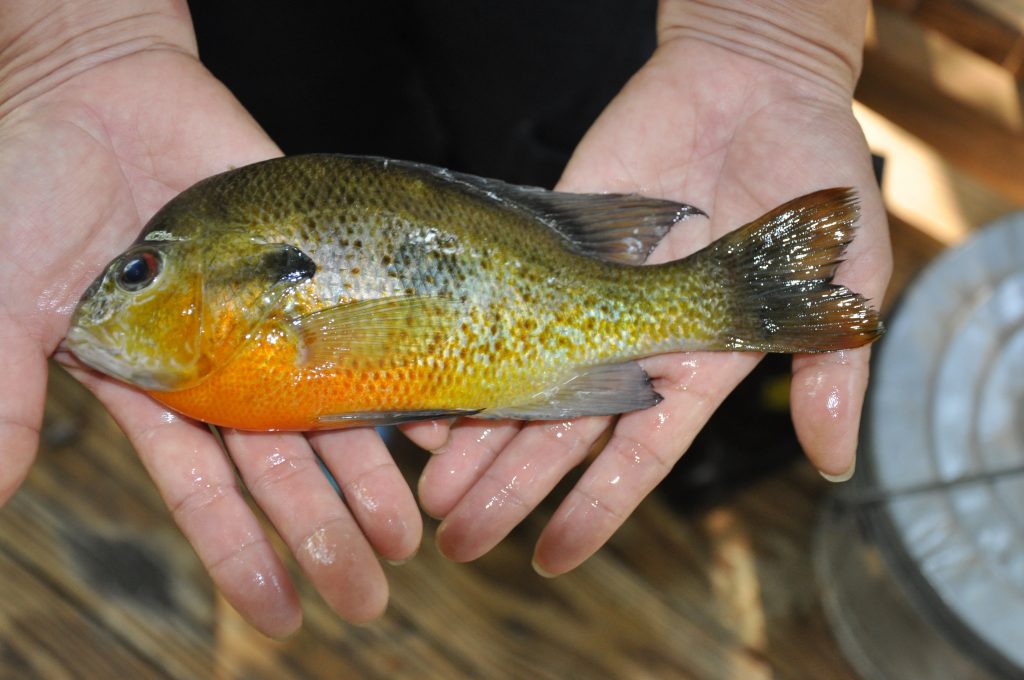
Bluegills
Bluegills are another easy to catch small fish that are perfect for young anglers. Widespread throughout all of North America, South America, Africa, and Europe, these fish are one of the most popular target fish for anglers of all ages.
Like Sunnies, bluegill love to eat and are aggressive in their strikes. They will go after a large variety of live and artificial baits, especially fly and worm lures.
Crappie
Despite the name, Crappie fish are anything but. Many anglers consider them one of the most fun fish to catch. With their large numbers, commonly found habitat, aggressive nature, and light fight, most fishermen prefer crappies over perch.
Crappie will go after a variety of minnows and small jigs. While they will strike artificial lures, crappie prefer live bait and it is hard to go wrong with a bunch of minnows. Finally, these fresh water fish love to school, so once a crappie is hooked the young angler can be assured of catching a bucket full more.
Perch are another common, easy to catch fish that’s ideal for early anglers. White and yellow perch can be found throughout North America in both fresh and salt water varieties, although yellow perch are by far the preferred species.
Part of the joy of perch is they will eat anything. Perch eat worms, insects, minnows, jigs, plugs, and spinners. Yellow perch have even been known to go after silver, shiny, hooks with no bait on them. The shiny reflection can be enough to lure one of these fish in.
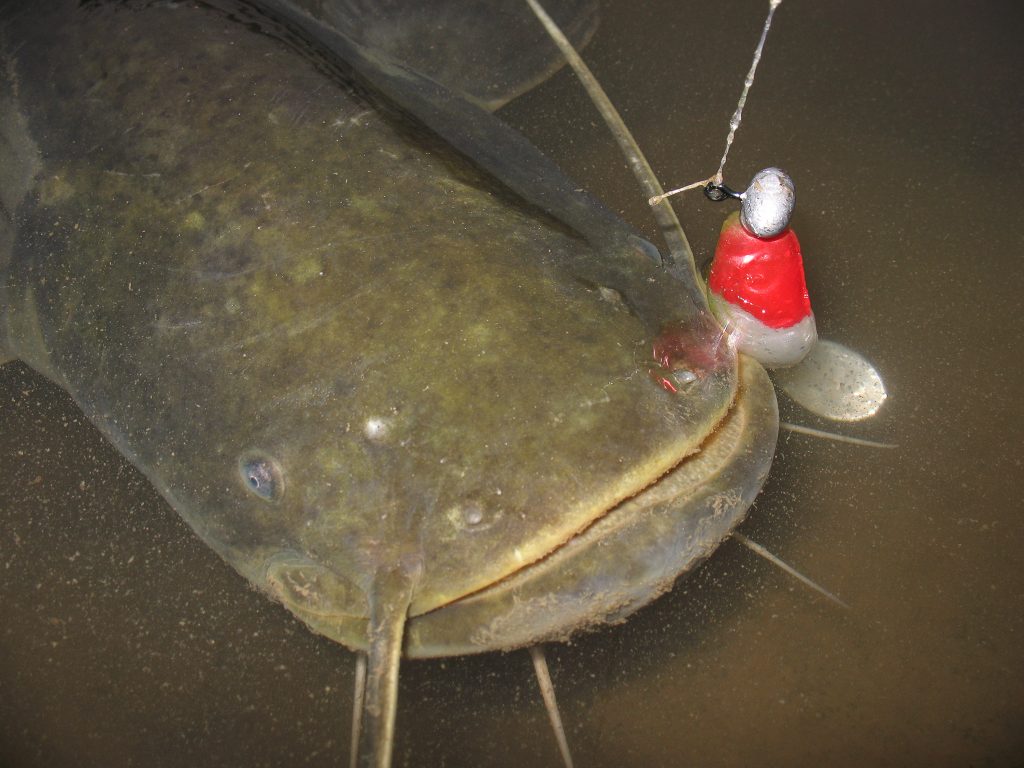
Finally, catfish are a great introductory fish for those near catfish waters. Like perch, catfish eat just about anything, although they are known to go crazy over chicken livers. They are plentiful and easy to find, making them ideal for getting young anglers excited about fishing.
Keep it Simple and Exciting
While the type of fish is important, the approach to fishing is just as crucial when starting out with a young child.
Short Trips
Keep the initial trips short. Most children have a short attention span and tire easily. One or two hours is enough to get them interested and wanting to return. Any more than that and the child might not want to try again.
Bobbers
Bobbers are a critical tool when teaching a child. Not only do bobbers make it easier to fish, there are few things more exciting than watching a bobber dip below the surface as a fish goes for the bait.
Simplicity is key for kids. A short rod with split shot weights, a bobber, and a small hook is all that is needed. And while many adults prefer lures, most kids learn better with live bait. The process becomes more interactive and interesting. Not to mention worms and crickets are easy to find and use.
Backup Plans
Just to be safe, have a backup plan. Nothing could make the day go south quicker than coming home with an empty bucket. Try bringing a minnow trap or dip net so the child can catch their own bait. No matter what, this allows them to say they caught something.
Have Fun
Finally, make sure the trip is about having a good time, not about catching the fish. If the entire outing is enjoyable – maybe there’s swimming involved as well as fishing – then the child will equate fishing with fun.
This is especially important if no fish are caught. The idea is for the entire outing to be enjoyable. If fish are caught, that is an extra bonus that is sure to bring a smile to any child’s face.
Eat What You Catch
For many kids, the idea of “providing for the family” is something that is years away and almost out of reach. All of the fish mentioned in this article are good to eat with hundreds of recipes online.
If camping, or even just in the backyard or kitchen, a cast-iron skillet and some butter is often all that’s needed to have a tasty meal. After all, these smaller fish are known as “panfish” for a reason. Use the recommended panfish lures.
When a child catches a fish, that’s exciting. When that same child helps clean the fish and watches someone cook it, there is an intense sense of satisfaction and accomplishment.
Add to that the joy of watching Mom and Dad eat what that child has provided, and it is sure that the youth will be hooked on fishing just as readily as the fish was hooked on the line.
